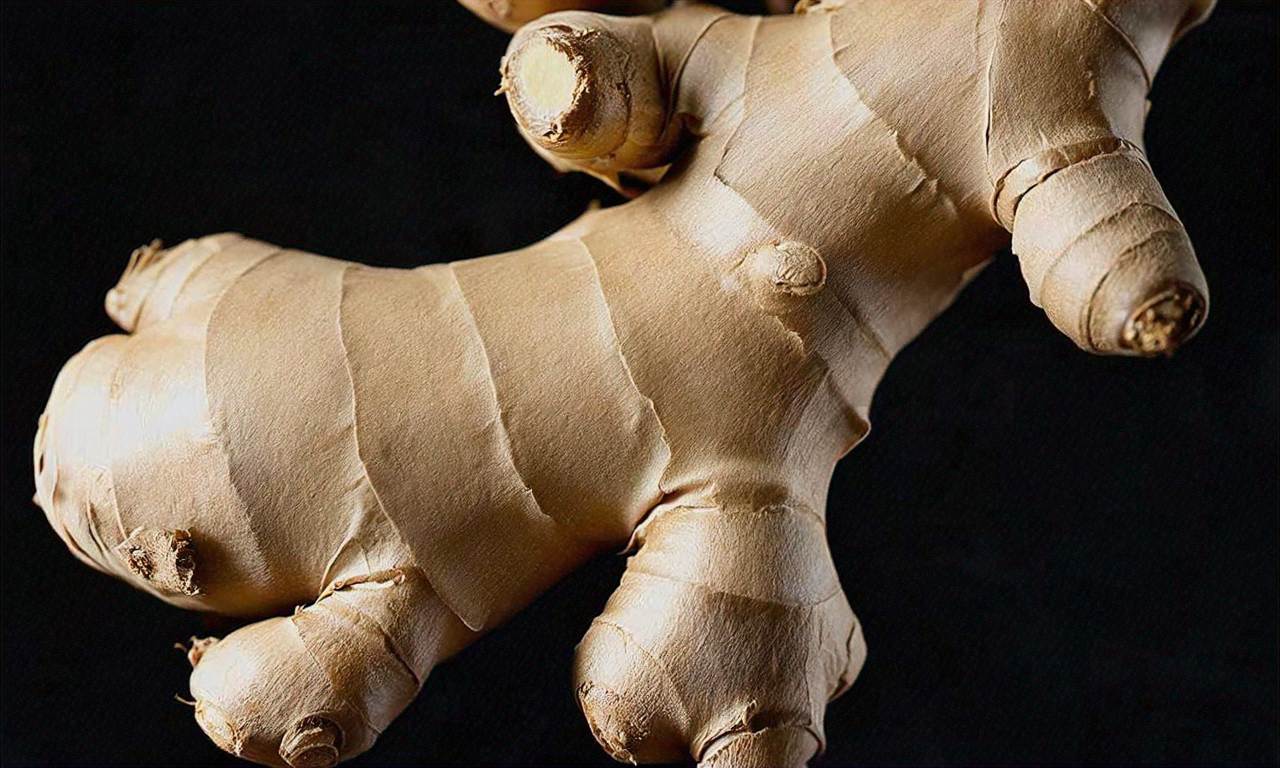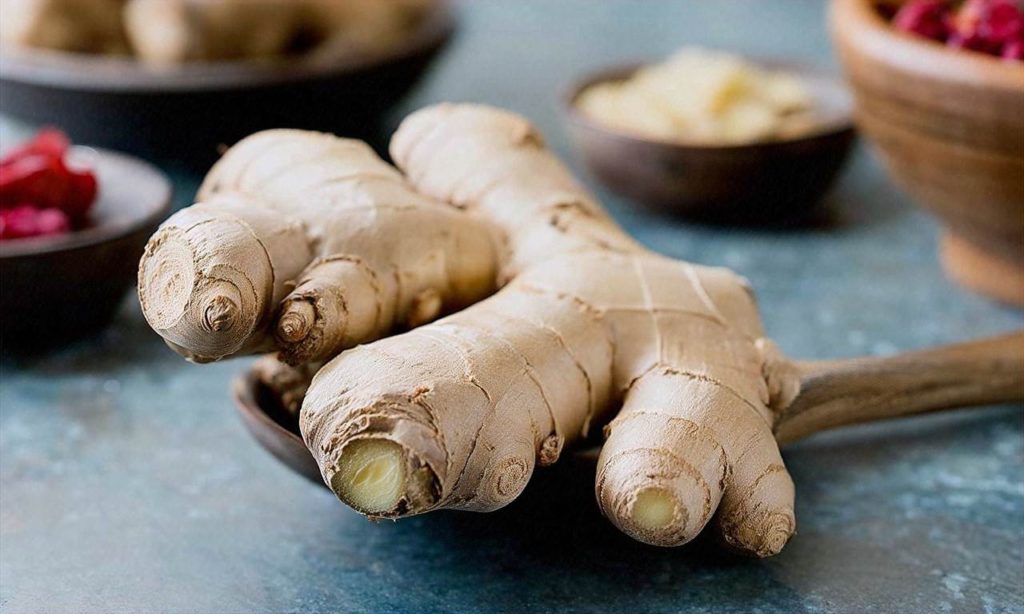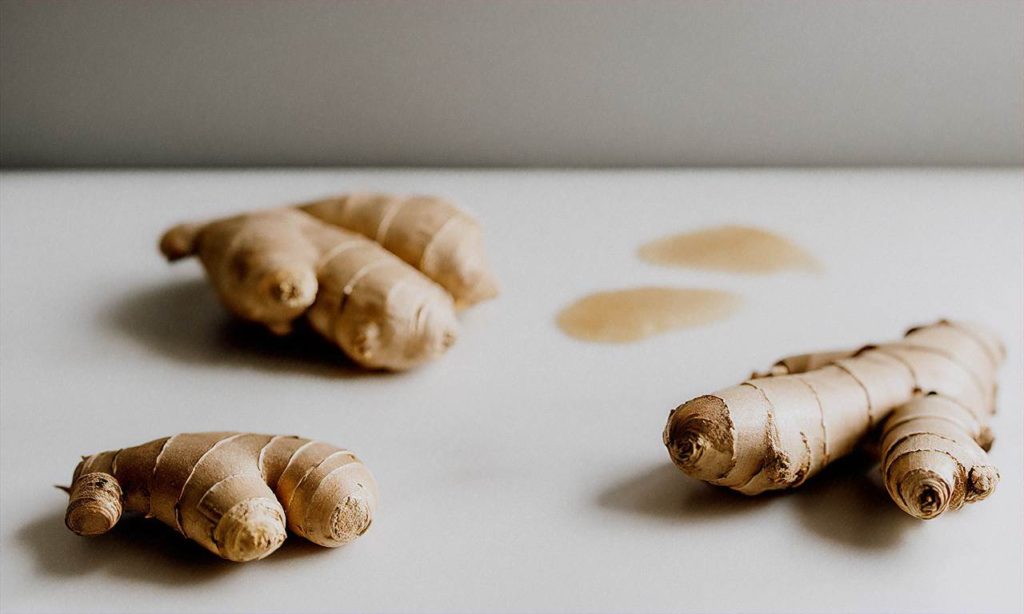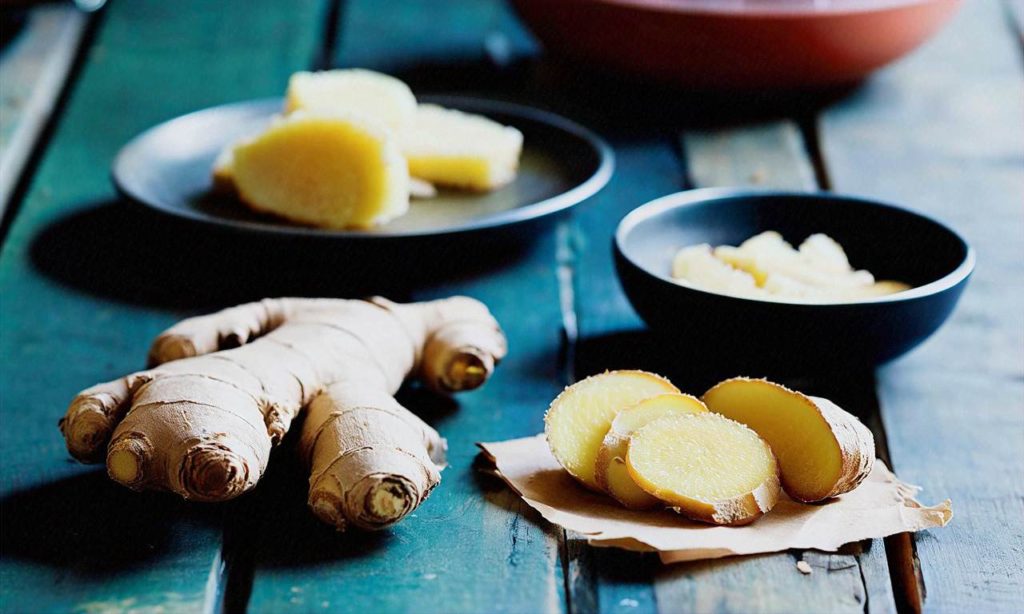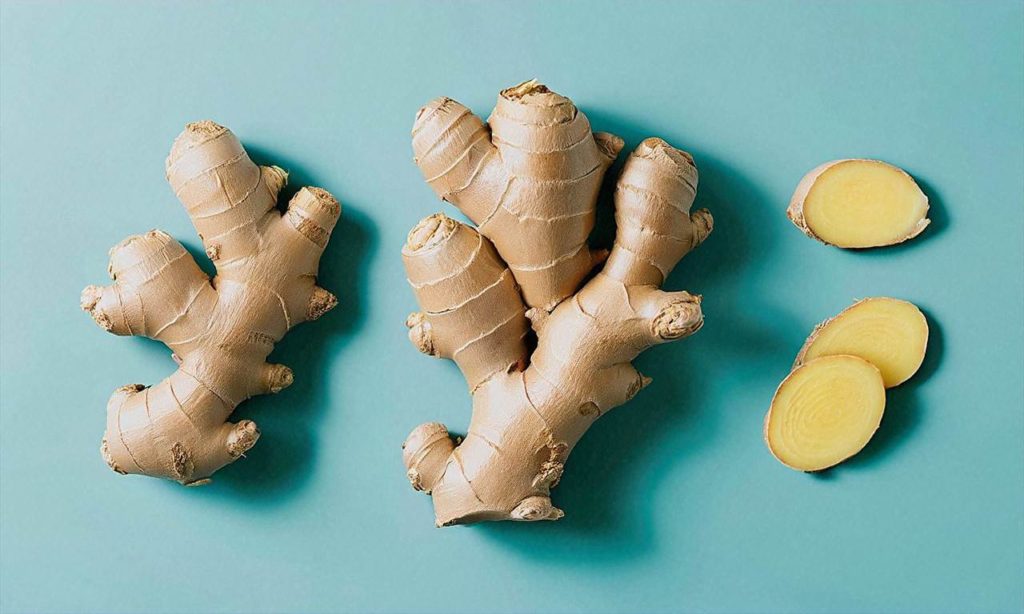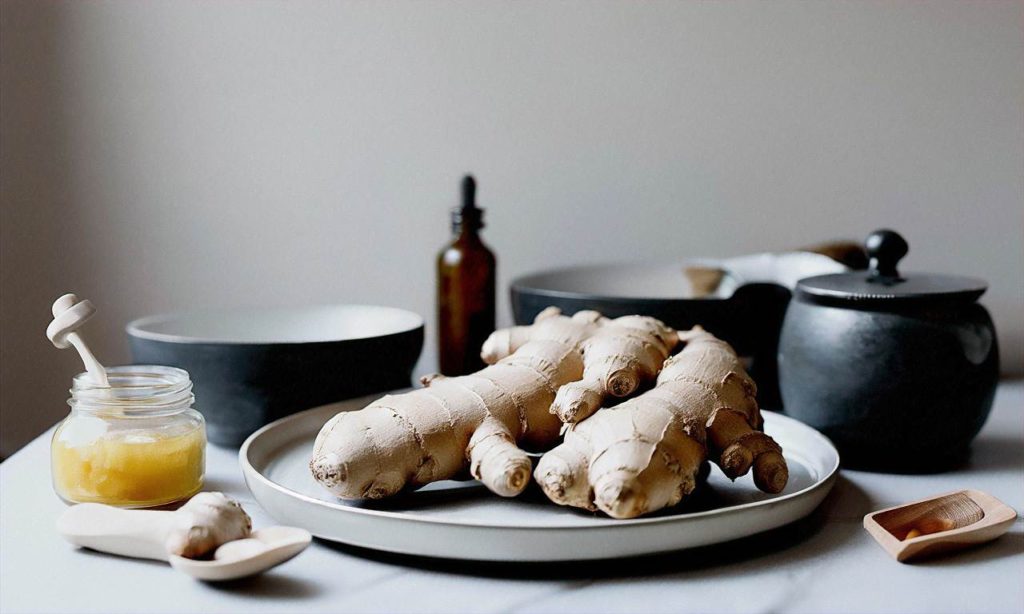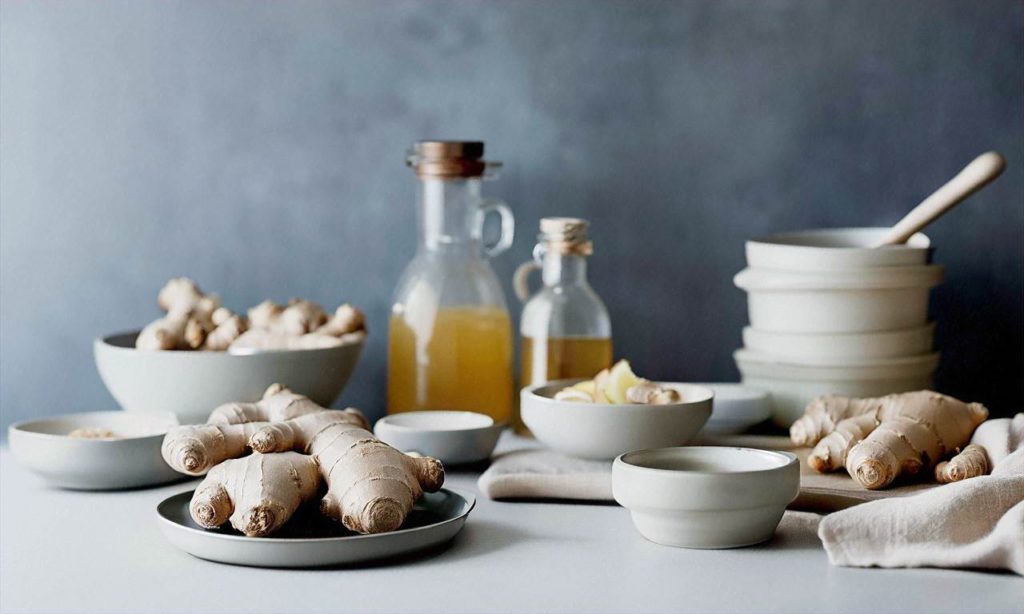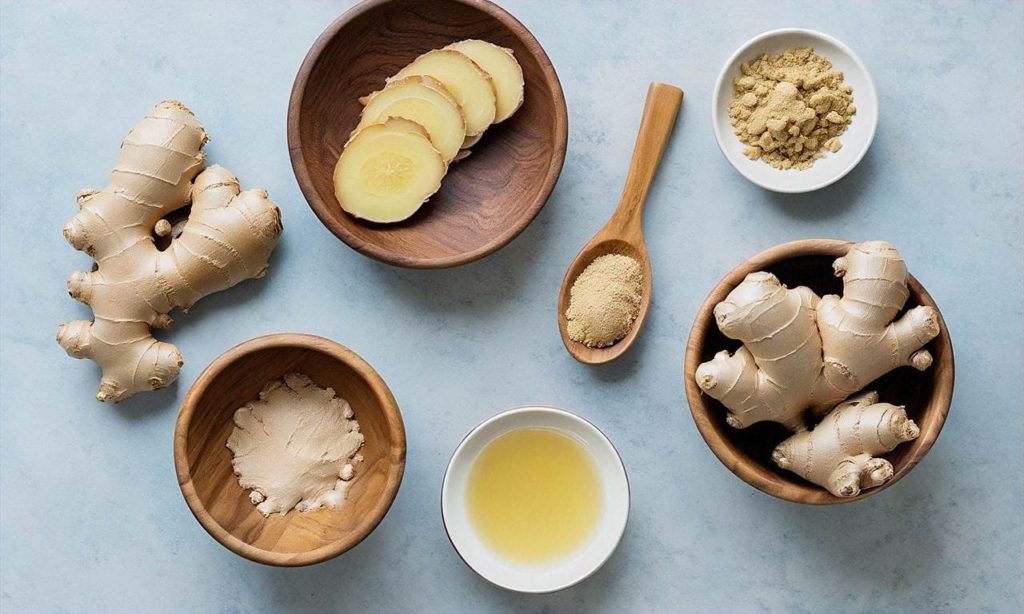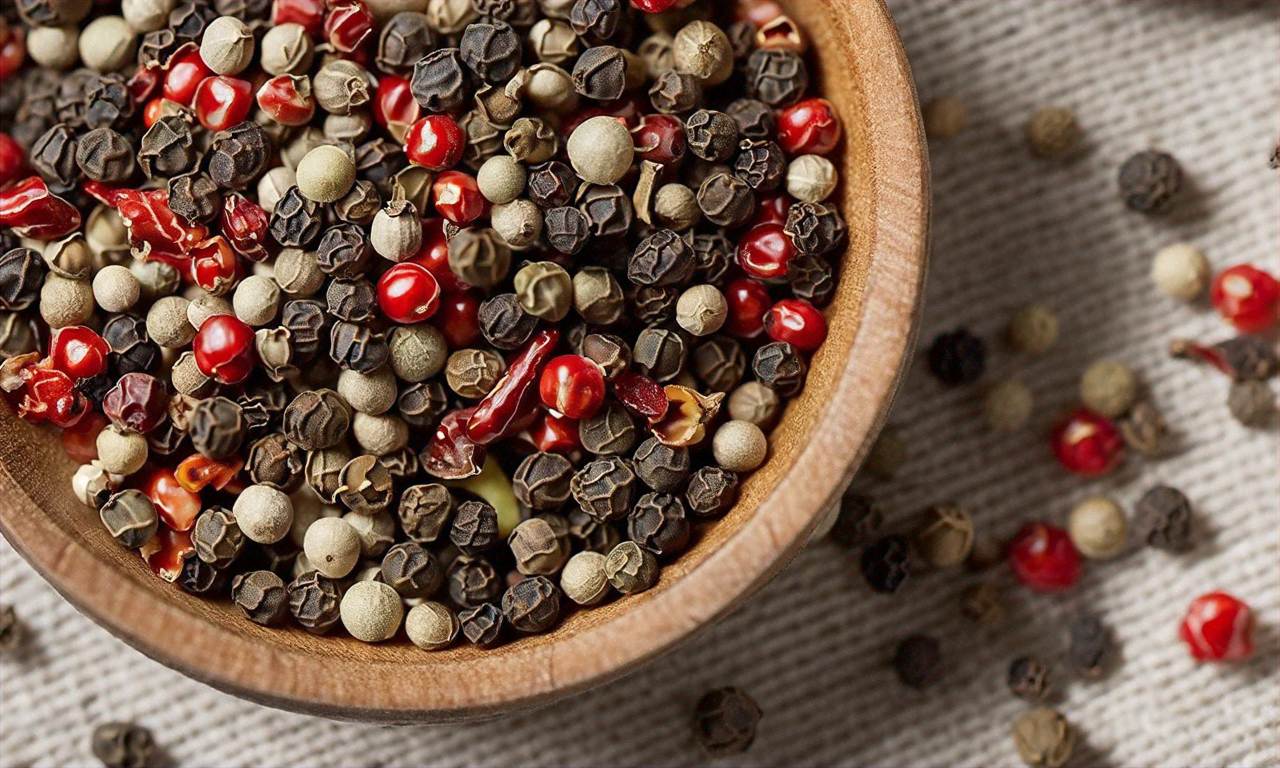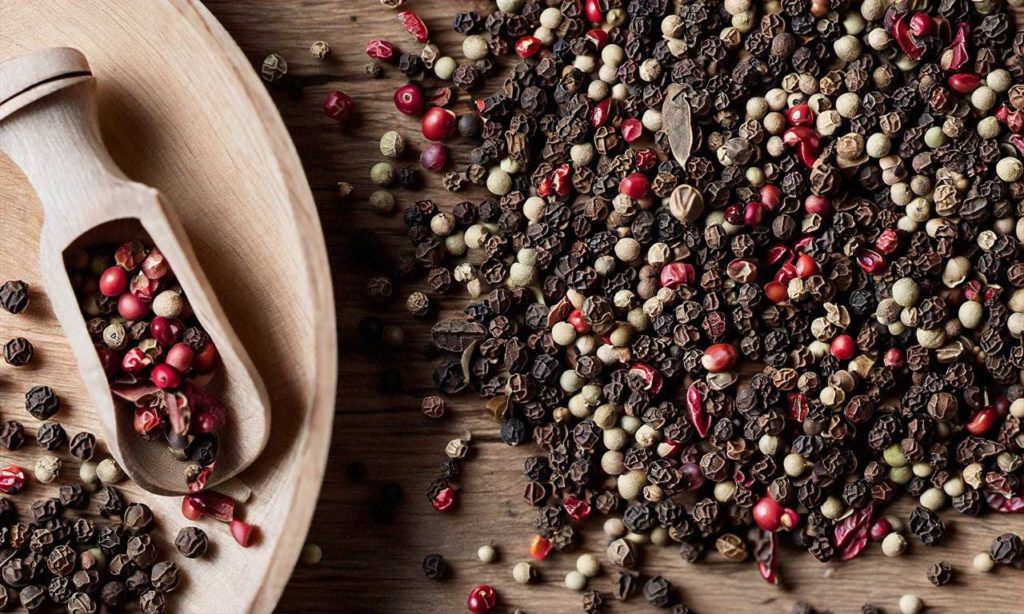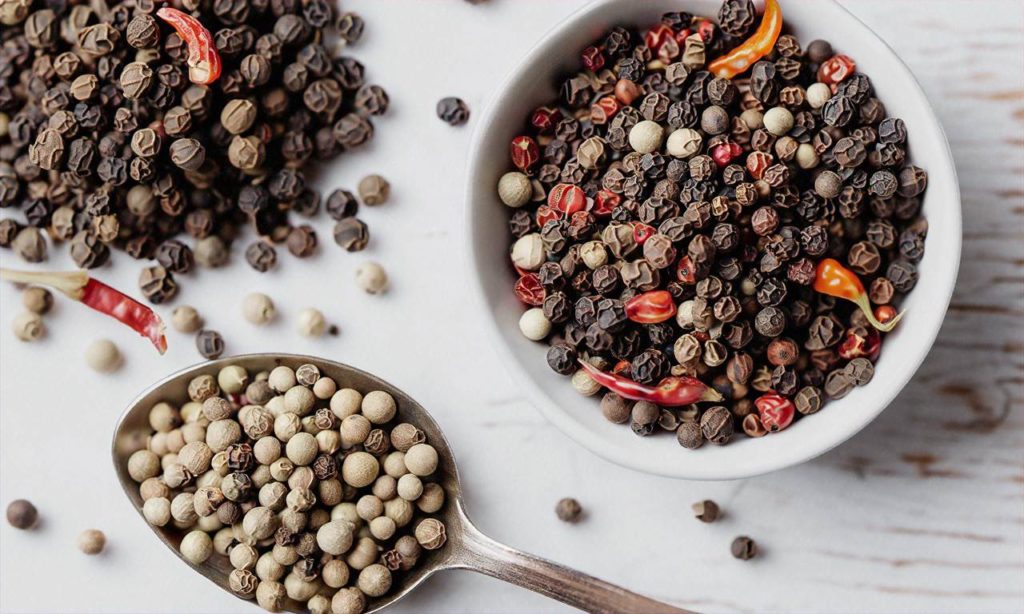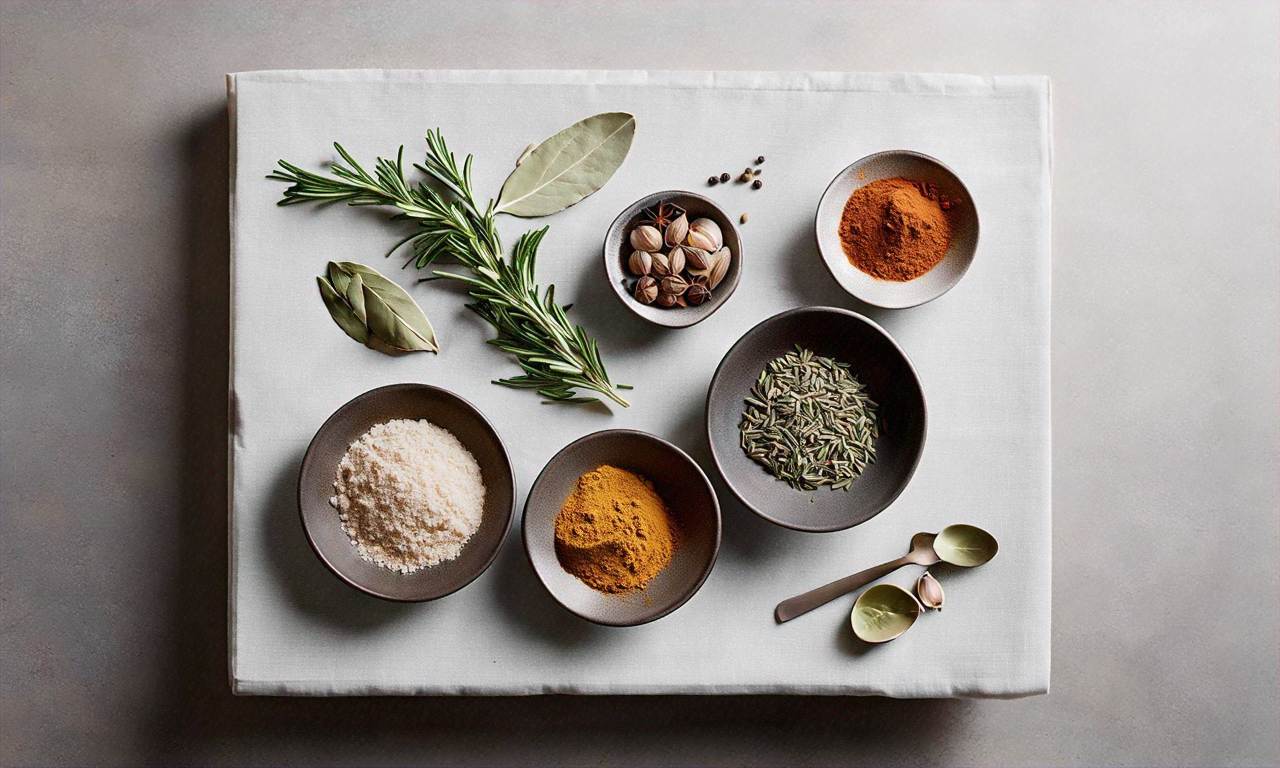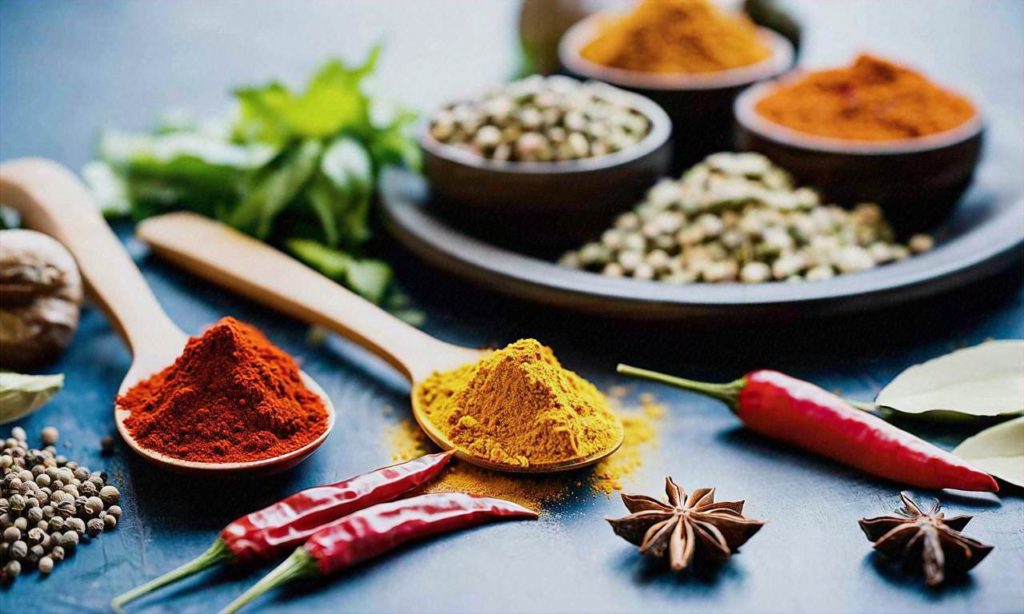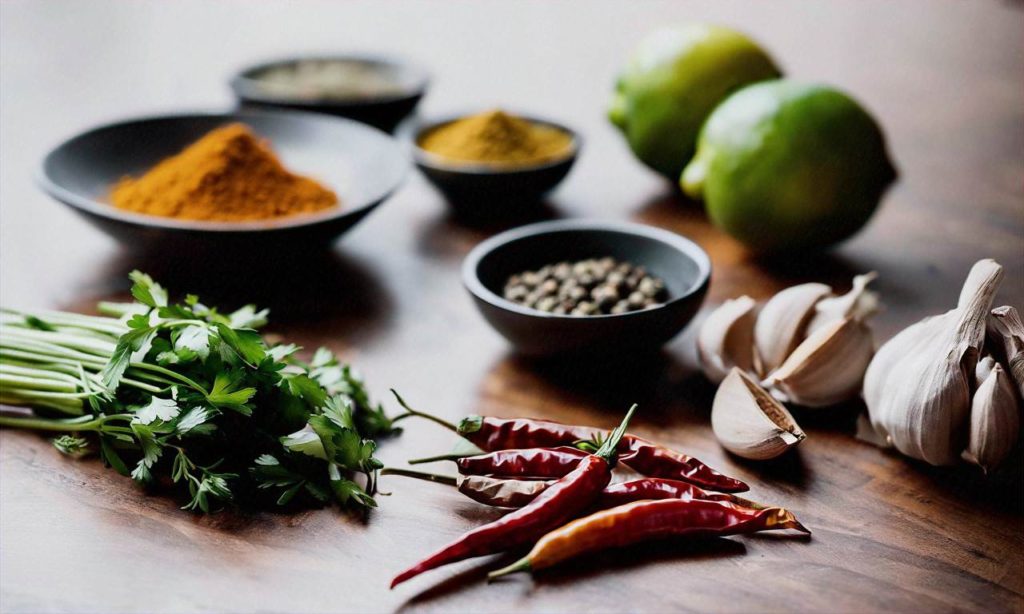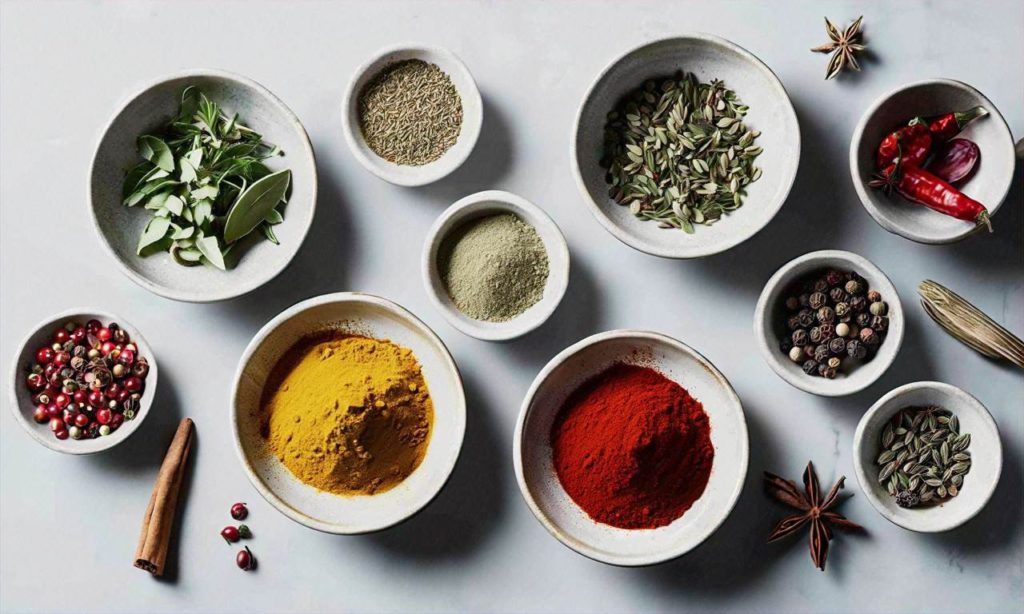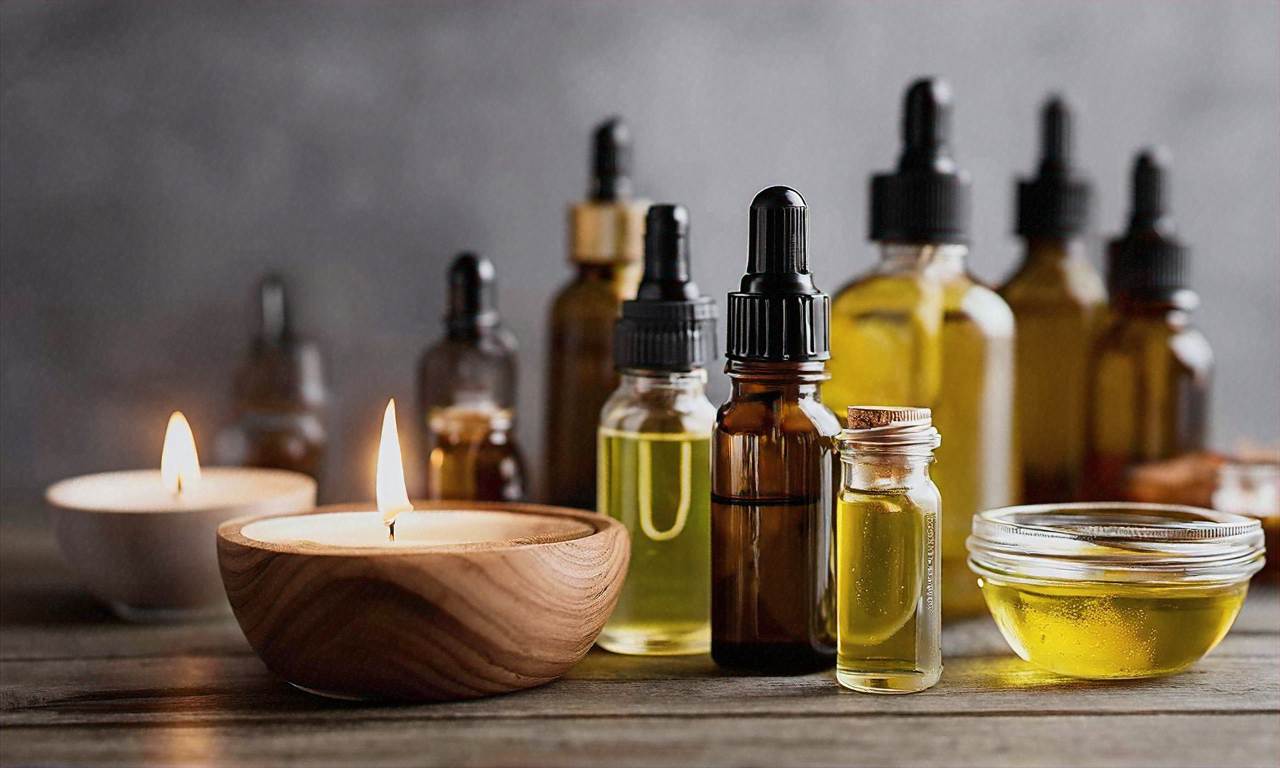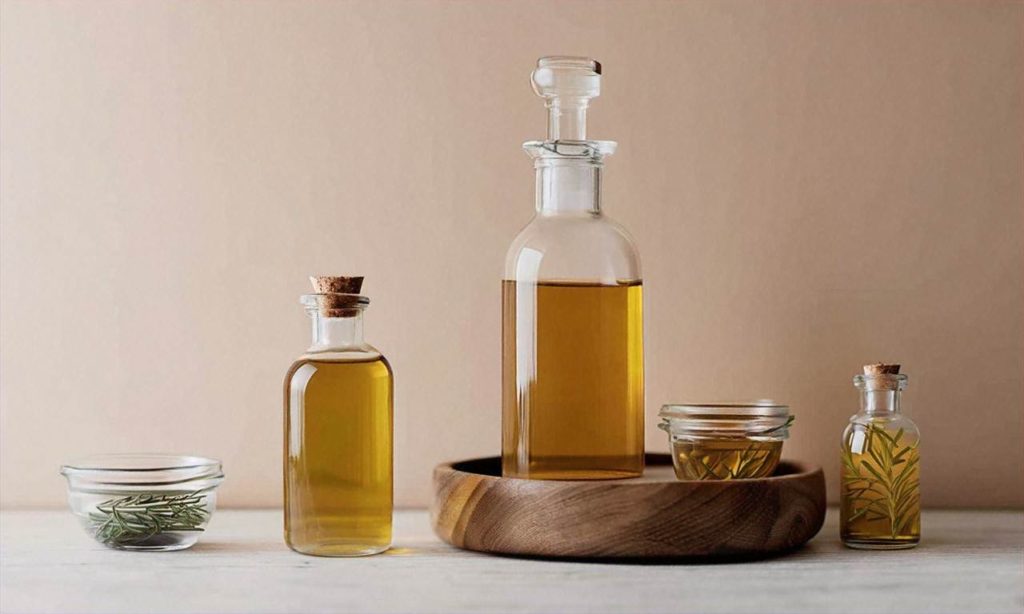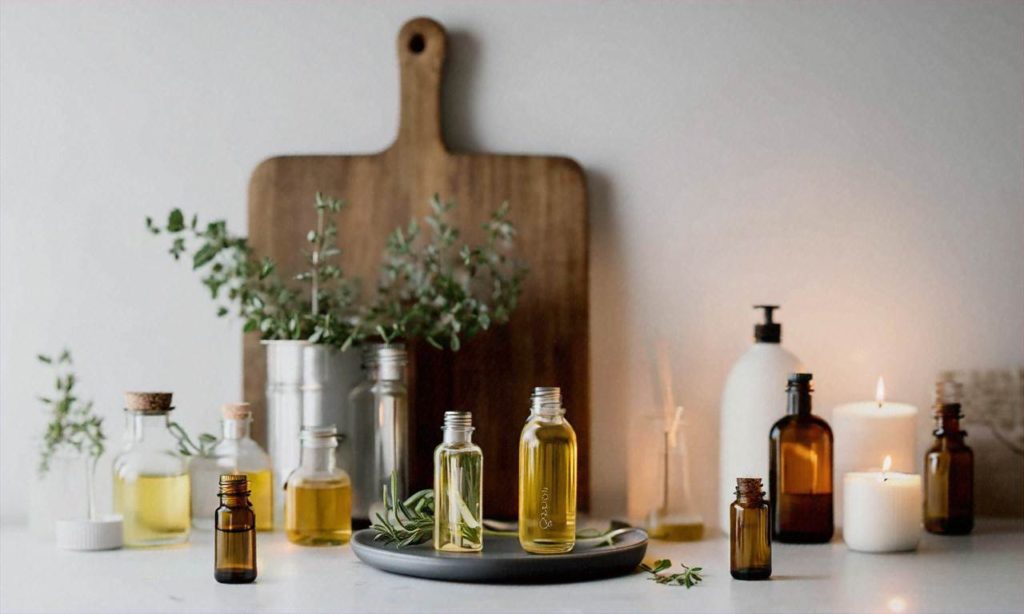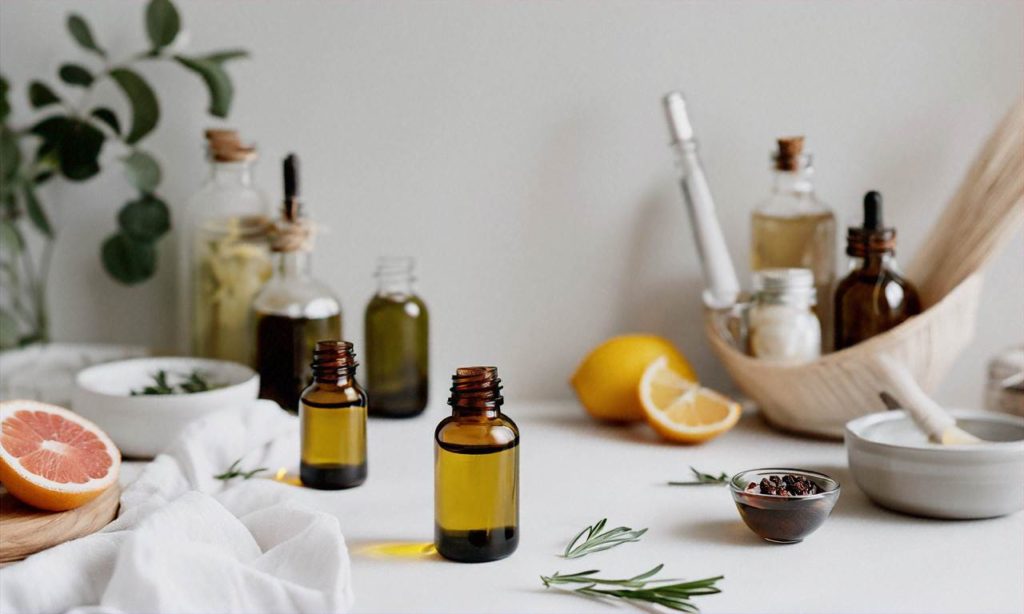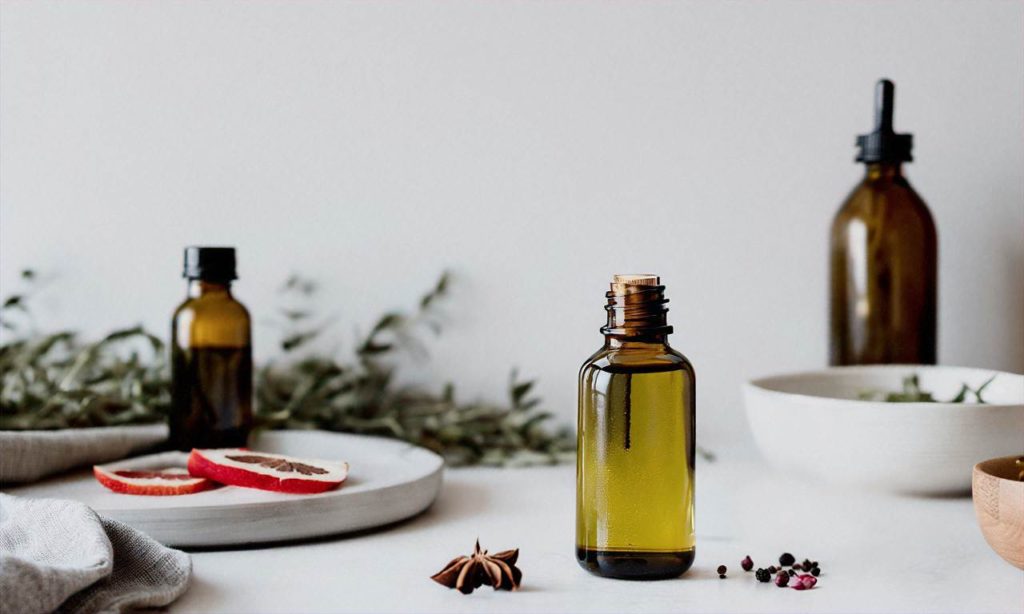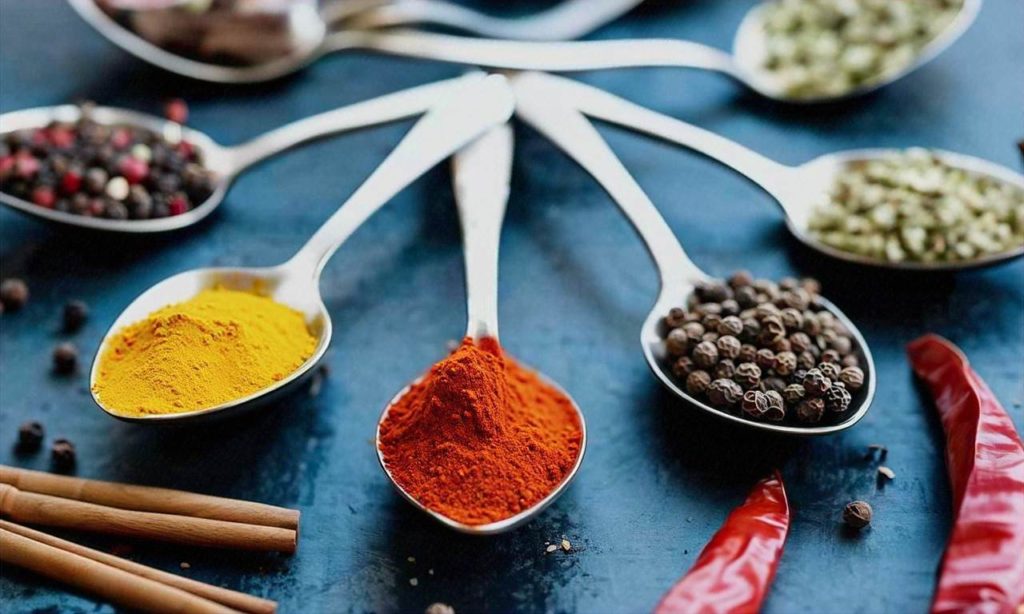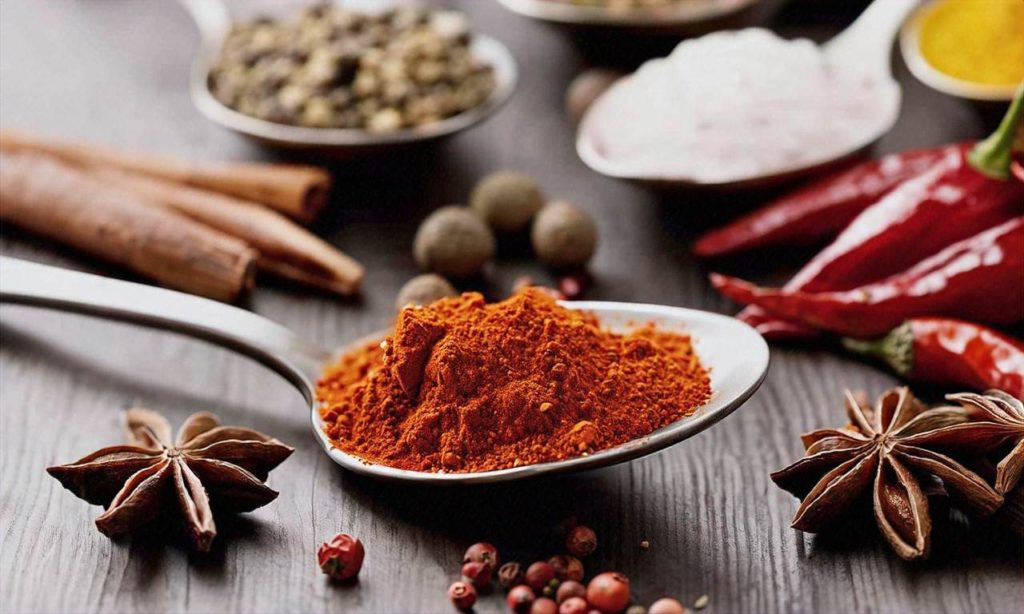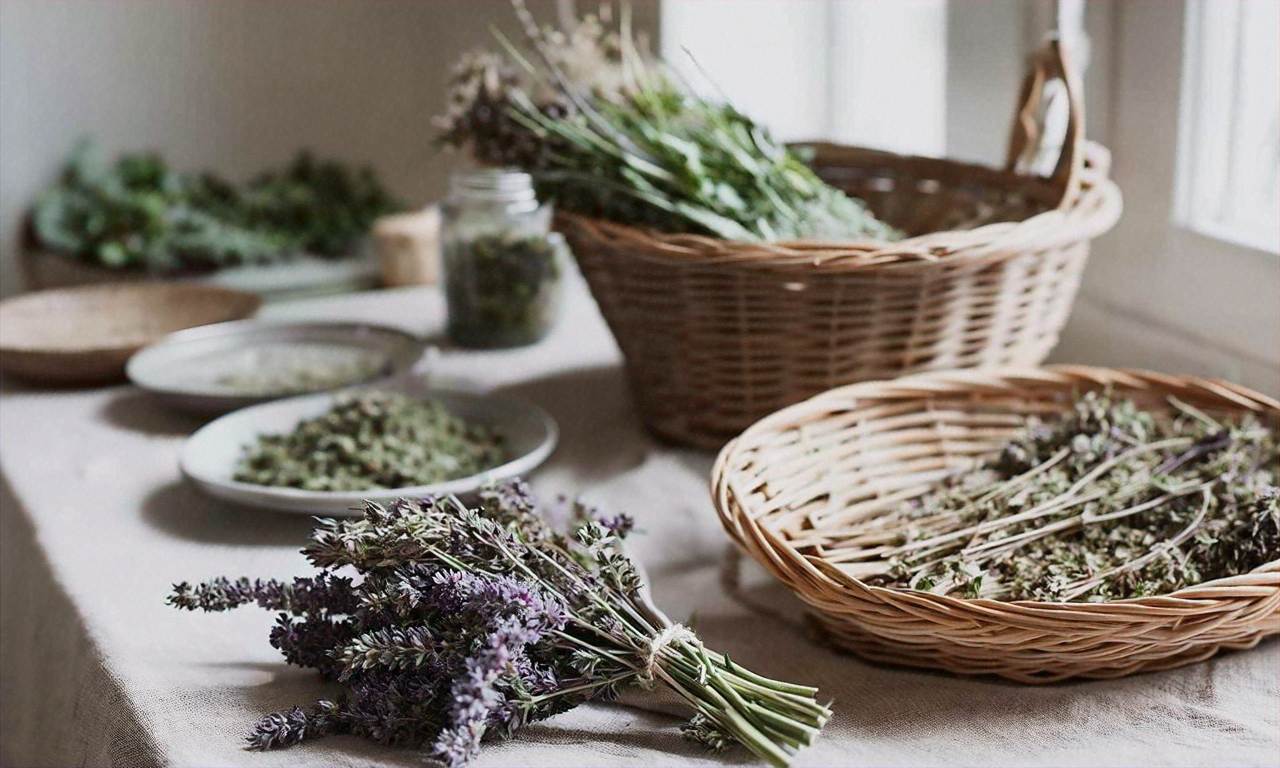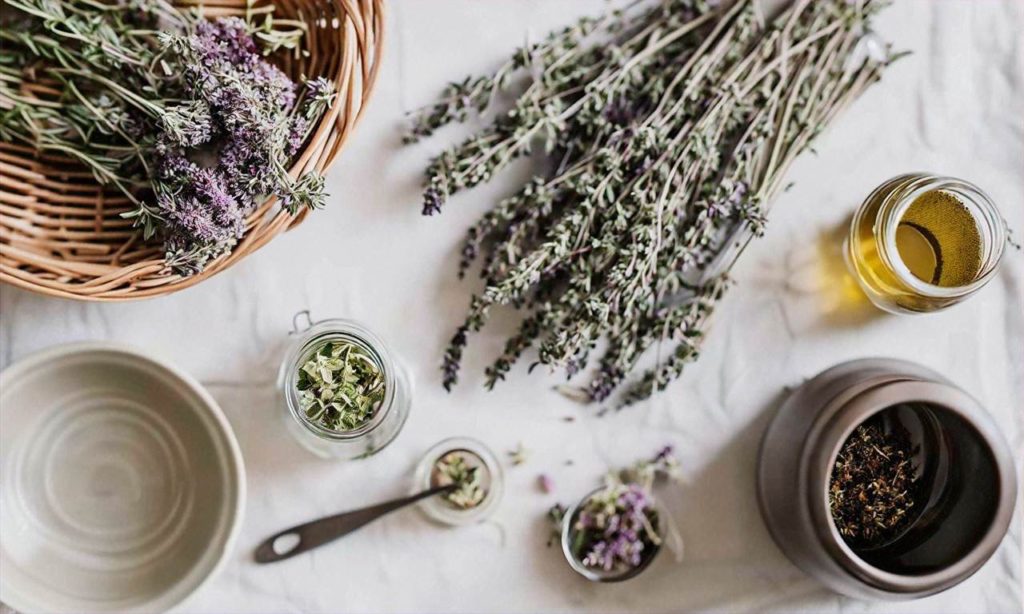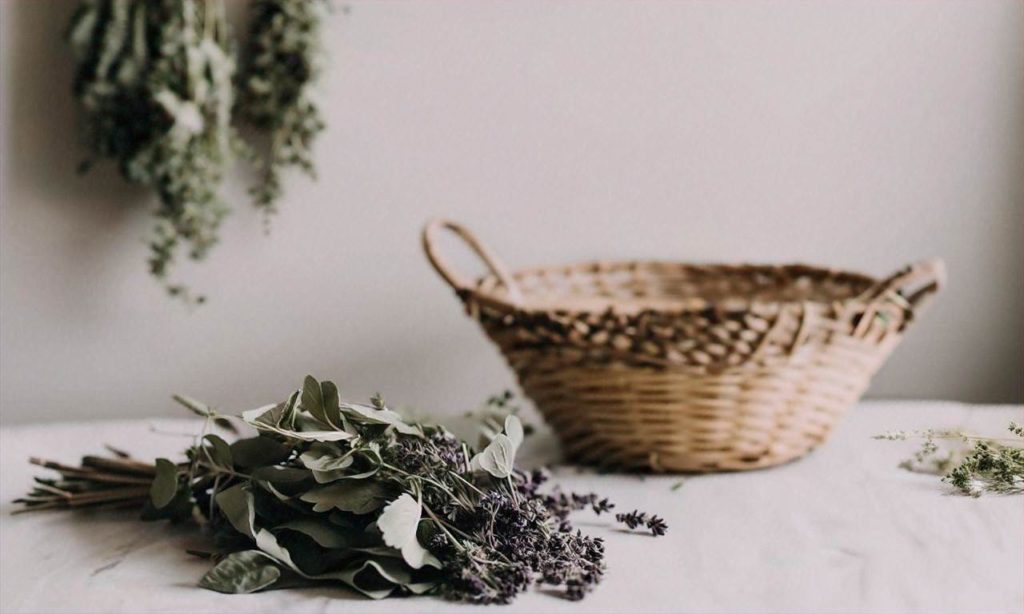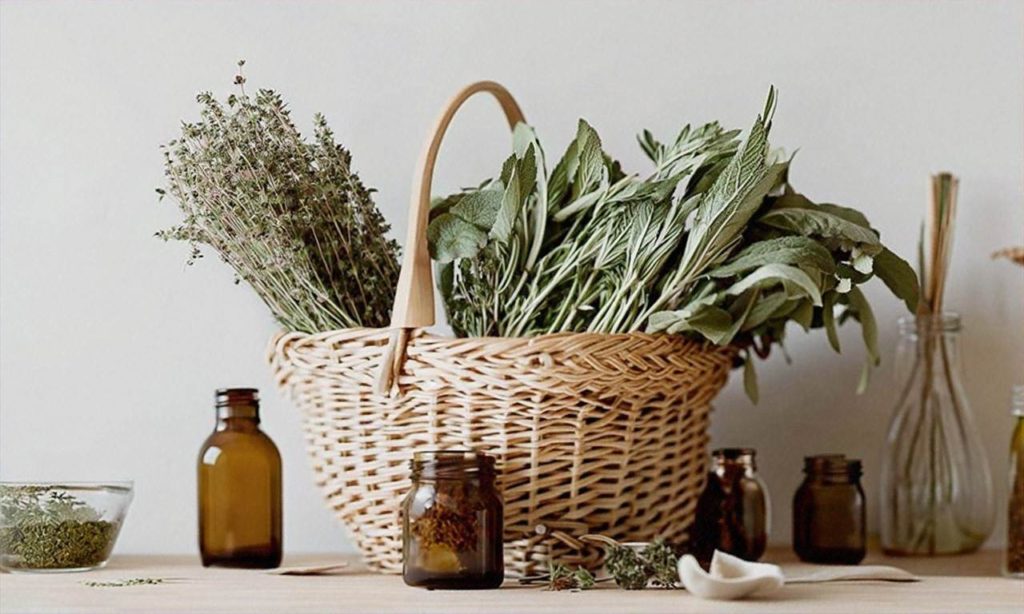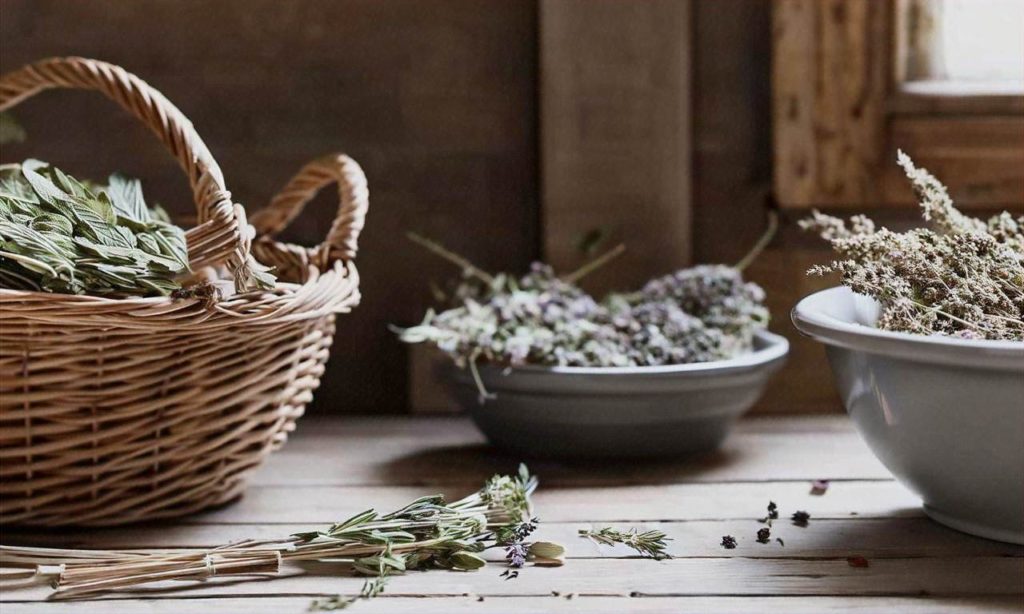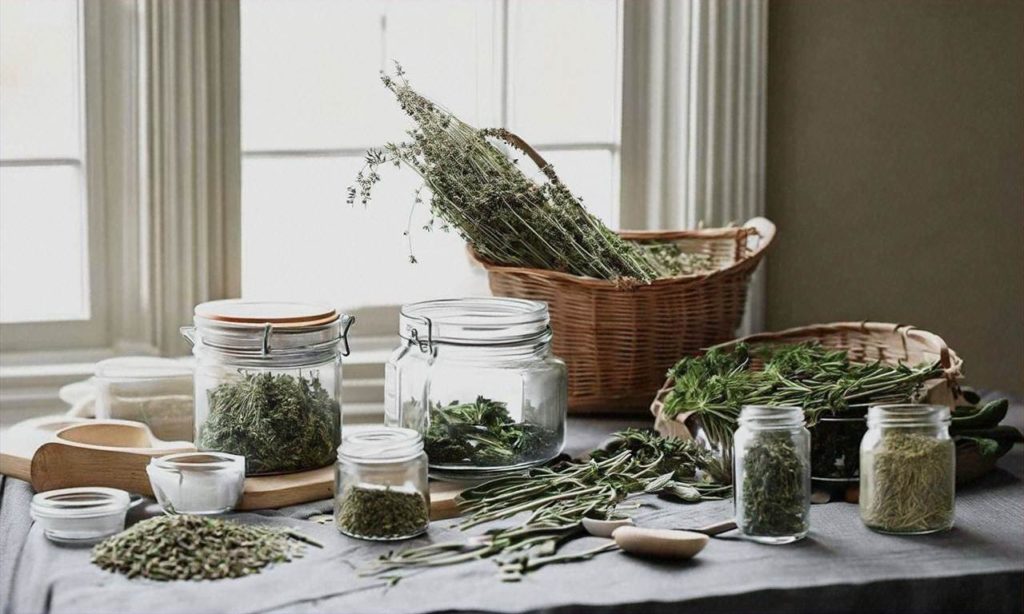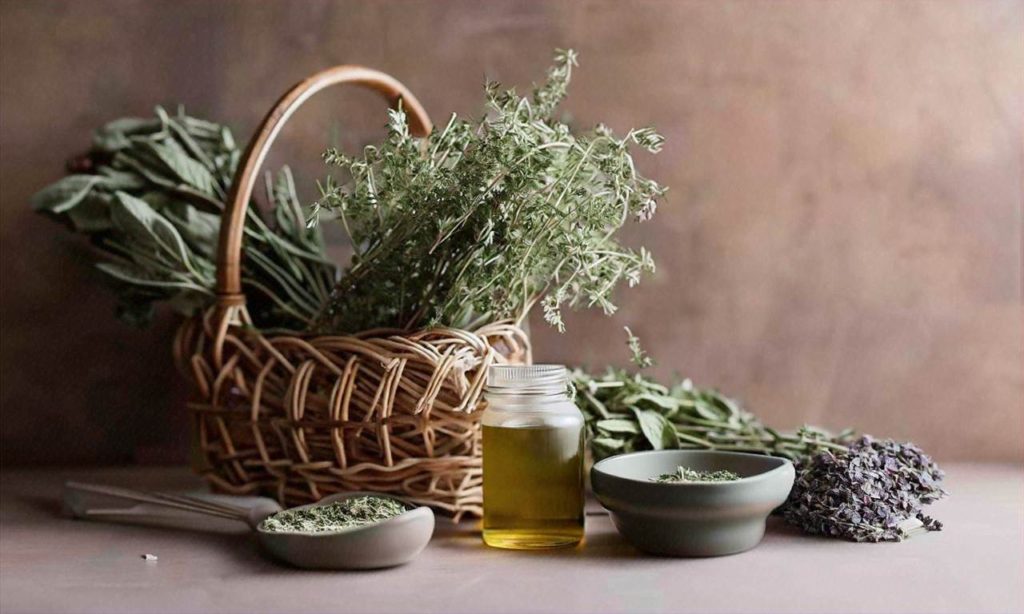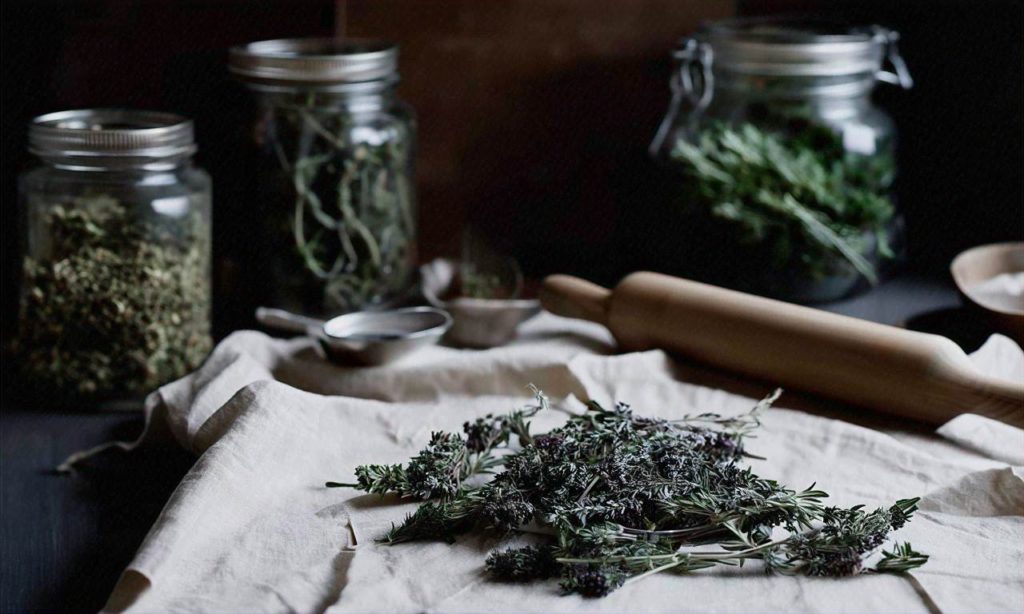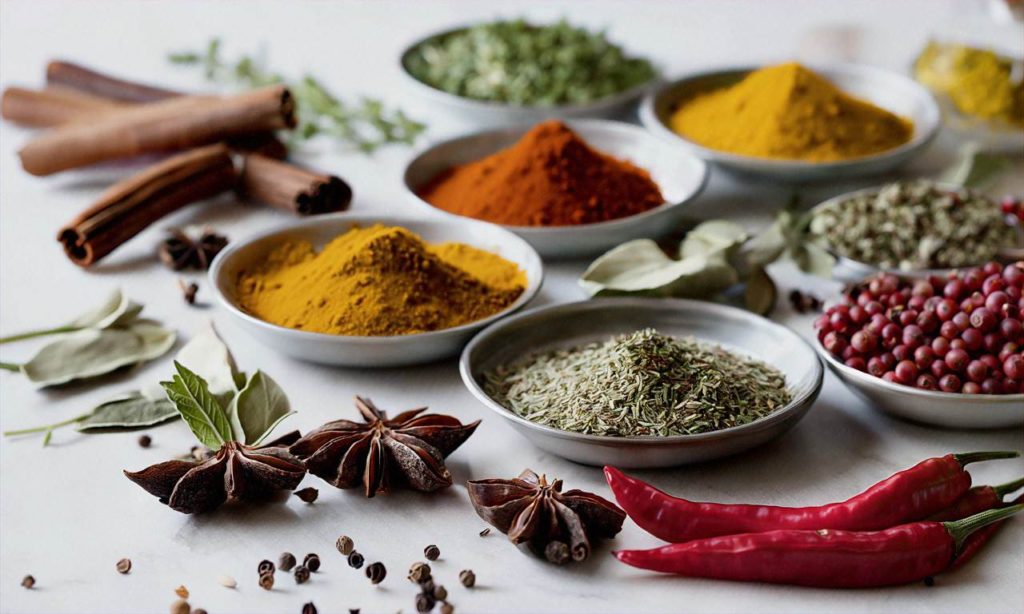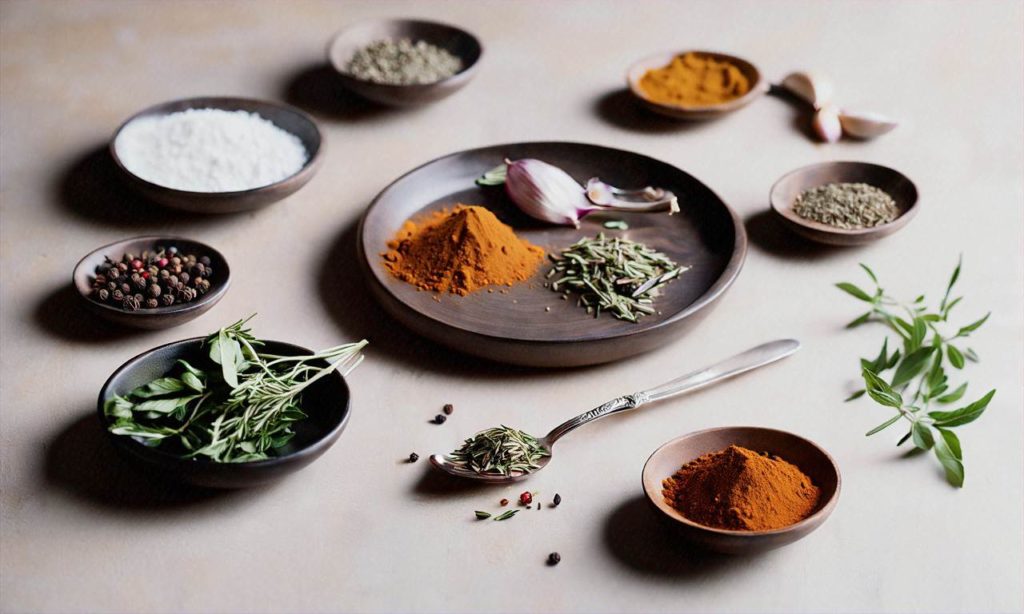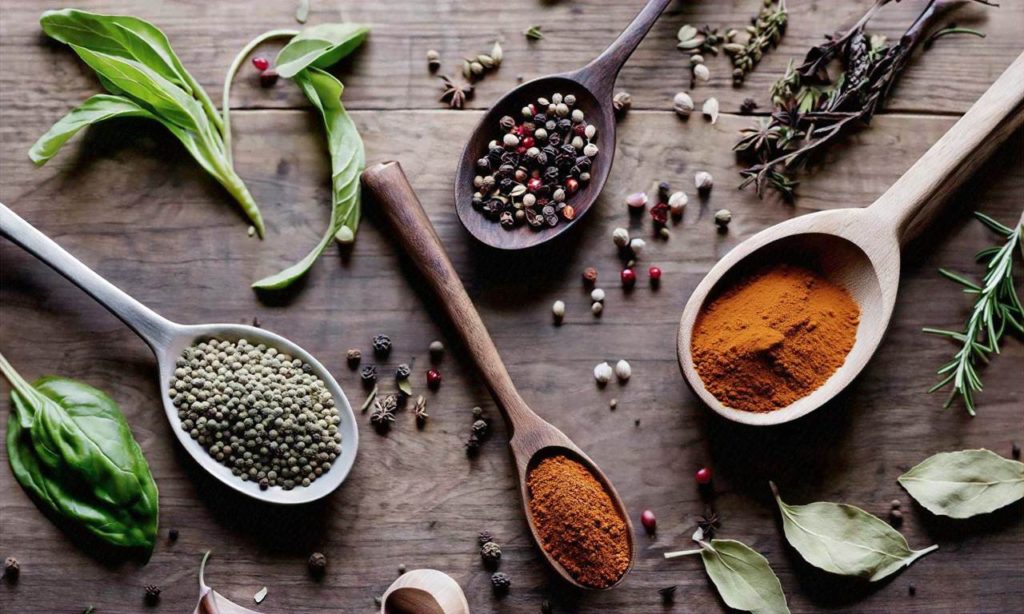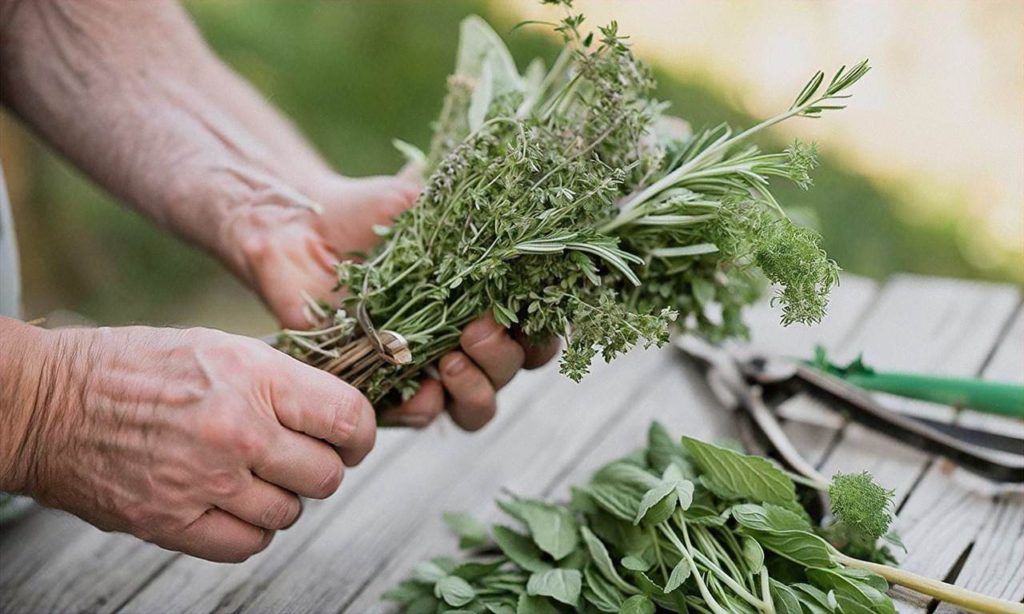What’s the Difference Between Cilantro and Coriander?
Here is a draft introduction for the section “What’s the Difference Between Cilantro and Coriander?”:
Cilantro and coriander are two names that refer to different parts of the same plant Coriandrum sativum. This aromatic herb is known for its use in a variety of cuisines around the world. However, the terminology can be confusing as cilantro and coriander are often used interchangeably despite referring to distinct parts of the plant. So what exactly sets cilantro and coriander apart?
In basic terms, cilantro refers to the green, leafy parts of the Coriandrum sativum plant. These fresh leaves and stems have a bright, citrusy flavor profile. Coriander, on the other hand, refers to the dried seeds produced by the Cilantro Versus Coriander: Understanding the Differences plant. Unlike the leaves, the round coriander seeds have an earthy, sage-like taste when crushed.
While both cilantro leaves and coriander seeds originate from the same plant, their different flavors, uses in cooking, and even health benefits set them apart. Understanding the distinctions between these two common ingredients enables cooks to better utilize them for their unique aromatic qualities.
So in summary:
– Cilantro = leaves/stems of the Coriandrum sativum plant
– Coriander = dried seeds of the Cilantro Versus Coriander: Understanding the Differences Coriandrum sativum plant
In the following sections, we’ll explore the differences between cilantro and coriander in more detail – from their contrasting flavors and culinary uses to how to grow and store each part of this dynamic herb. Discerning the differences between these two ingredients is key to unlocking their full potential in the kitchen.
Cilantro Refers to the Leaves, While Coriander Refers to the Seeds
Cilantro and coriander come from the same plant, scientifically known as Coriandrum sativum. However, different parts of this plant are referred to by the common names “cilantro” and “coriander.” Cilantro refers specifically to the green, leafy parts of the coriander plant. In contrast, coriander refers to the dried, round seeds that the plant produces.
While both cilantro leaves and coriander seeds originate from the same Coriandrum sativum plant, they have distinctly different flavors and culinary uses. Cilantro’s green leaves have a bright, citrusy flavor profile. The taste is described as a blend of lemon, sage, and mint. On the other hand, coriander seeds have an earthier, musky taste with hints of sage and lemon.
Understanding that cilantro refers to the leaves and coriander to the seeds is key to properly using them in recipes. Cilantro leaves are almost always used fresh to add a punch of vibrant flavor to dishes like salsa, guacamole, Thai curries, and Mexican tacos. Meanwhile, ground coriander seeds are ideal for subtly enhancing the flavor of breads, stews, pickling blends, sausages, and Indian curries. Using the terms cilantro and coriander correctly ensures you are adding the right part of the Coriandrum sativum plant for the intended flavor.
When shopping for cilantro or coriander, it is also essential to know which term refers to which part of the plant. Look for bunches of fresh green cilantro leaves near other fresh herbs in the produce section. The cilantro leaves should be vibrant green and show no signs of wilting. You can often find ground coriander powder in the spice aisle, while whole dried coriander seeds may be with other bulk dried herbs and spices.
Properly storing cilantro and coriander also requires understanding which term refers to the leaves and which refers to the seeds. To best maintain fresh cilantro leaves, trim the ends, place in a cup of water with a plastic bag over the top, and refrigerate. The leaves should stay fresh for around 10-14 days stored this way. Coriander seeds, on the other hand, will last for months stored in an airtight container in a cool, dark place.
With the basics down of cilantro referring to the flavorful leaves and coriander denoting the earthy seeds, you are set to start cooking with confidence. Understanding the differences between cilantro and coriander unlocks a world of diverse flavors to enhance all types of cuisines. Whether adding brightness with fresh cilantro or savoriness with ground coriander, you now have the knowledge to truly taste and appreciate how the same Coriandrum sativum plant produces two very different spices.
They Come from the Same Plant but Have Different Tastes
Cilantro and coriander come from the same plant, known scientifically as Coriandrum sativum. However, the terms “cilantro” and “coriander” refer to different parts of the plant and therefore have distinctly different tastes and culinary uses.
Cilantro refers to the green, leafy parts of the Coriandrum sativum plant. The leaves, which are also sometimes called coriander leaves, have a bright, citrusy flavor with lemon and lime notes. Cilantro is a staple in various cuisines around the world, used commonly in Mexican, Indian, Chinese, and Southeast Asian cooking. Its fresh flavor is perfect for adding vibrancy to salsas, curries, stir fries, and more.
In contrast, coriander refers to the dried, round seeds that come from the Coriandrum sativum plant. Coriander seeds have an entirely different flavor profile from cilantro. They have a warm, earthy, sage-like taste with a subtle sweetness. The seeds are often toasted or heated to bring out their flavor before grinding and adding them to dishes. Ground coriander is a key ingredient in many Indian, Middle Eastern, and North African spice blends and curries. It also sometimes used in breads, pastries, and pickling recipes.
So in summary, cilantro and coriander come from the same Coriandrum sativum plant, but cilantro refers to the fresh, citrusy leaves, while coriander refers to the dried, earthy seeds. Their different tastes come from the unique chemical compounds present in the distinct parts of the plant. Both pack a tasty punch and have an important role to play in global cuisine!
Cilantro Has a More Vibrant, Citrusy Flavor
Cilantro, which refers to the green leaves and stems of the Coriandrum sativum plant, is highly prized for its vibrant, citrusy flavor. When it comes to “Cilantro Versus Coriander: Understanding the Differences,” cilantro has a flavor profile that stands in stark contrast to the earthy, musky notes of coriander seeds.
Cilantro’s citrusy flavor comes from its high concentration of aromatic compounds and essential oils. These include linalool, camphor, and decanal, which give cilantro its characteristic bright, lemony taste and aroma. In particular, cilantro contains a substance called aldehyde, which produces those zesty top notes reminiscent of lime or lemon zest.
In addition to the dominant citrus flavors, cilantro also contains subtle undertones of parsley and grass. The combination creates a cooling, crisp flavor that works well in a variety of dishes from salsas to curries. Cilantro’s refreshing taste can help cut through rich or spicy ingredients, balancing out bolder flavors.
When comparing “Cilantro Versus Coriander,” it’s clear that cilantro has a much more vibrant, lively essence compared to the muted earthiness of coriander seeds. Cilantro provides an instant burst of sunshiny citrus, while ground coriander imparts subtle background notes instead.
Using Cilantro to Enhance Dishes
Cilantro’s bright citrus flavor allows it to enhance a wide variety of savory dishes. Its taste works well alongside spicy chilies, pungent garlic, rich coconut milk, juicy limes, and more. Cilantro also pairs nicely with ingredients like tomato, avocado, beans, rice, fish, and chicken.
Here are some popular ways that cilantro’s vibrant citrus flavor is put to good use in the kitchen:
Salsas and Sauces: Cilantro is a key ingredient in many Mexican and Latin American salsas and sauces like salsa verde, chimichurri sauce, and mojo sauce. Its zesty flavor cuts through and cools down spice.
Guacamole: Cilantro adds a nice acidity to balance out the richness of avocado in guacamole recipes. Its citrus taste brightens up the creaminess.
Salads: From fruit salads to vegetable-heavy sides, a sprinkle of chopped cilantro can impart a burst of lemon essence. This works well in bean salads, tomato-cucumber salads, or tropical fruit salads.
Curries and Stews: South Asian and Thai curries benefit greatly from freshly chopped cilantro stirred in at the end. The cooling citrus notes contrast beautifully with coconut-based curries.
Marinades and Rubs: Cilantro’s citrus flavors allow it to help tenderize and impart flavor when used as part of a protein marinade or spice rub for grilled meat, fish, poultry, or tofu.
Garnishes: Using cilantro leaves as a vibrant garnish instantly livens up any dish. Sprinkle on tacos, noodles, rice bowls, eggs, soup, and more right before serving.
The possibilities are endless when it comes to making use of cilantro’s citrusy vibrancy. Any dish that can benefit from a little lemon zing can also shine with the addition of fresh cilantro. When comparing “Cilantro Versus Coriander: Understanding the Differences,” cilantro clearly claims the bolder, more dynamic flavor.
Health Benefits of Cilantro’s Citrus Flavors
In addition to providing a bright, refreshing flavor, cilantro’s citrus notes also impart some excellent health benefits. Here is an overview of some of cilantro’s top nutrients and what they do:
Vitamin C: With higher vitamin C content than even citrus fruits, cilantro helps support immune function and iron absorption.

Vitamin A: The vitamin A in cilantro acts as an antioxidant that may help promote healthy vision and prevent cell damage.
Phytonutrients: Cilantro contains plant compounds like quercetin and kaempferol that have anti-inflammatory and antioxidant properties to help protect cells.
Potassium: The potassium in cilantro helps regulate fluid balance, nerve transmission, and blood pressure.
Along with these key nutrients, cilantro provides dietary fiber, magnesium, and trace amounts of B vitamins, zinc, calcium, and phosphorus. So using fresh cilantro not only livens up food with its vibrant citrus flavor but also boosts its nutritional value.

When exploring the question of “Cilantro Versus Coriander: Understanding the Differences,” it’s clear that cilantro offers some fantastic health bonuses on top of its incredible flavor. Coriander does as well, but cilantro has higher concentrations of certain vitamins, minerals, and antioxidants. So using both fresh cilantro leaves and coriander seeds in cooking provides a well-rounded nutritional profile.
Tips for Getting the Best Flavor from Cilantro
Since cilantro has such a delicate, volatile flavor, properly storing and handling it is important to retain maximum flavor and aroma. Here are some useful tips:
Buy fresh, unwilted bunches with no sliminess or yellowing. The leaves should look perky.
Wrap cilantro loosely in damp paper towels and store in an airtight container or bag in the fridge crisper drawer. It will keep fresh for 7-10 days this way.
Rinse and dry cilantro well right before using it. Don’t wash too far ahead or it can develop a slimy texture.
Chop cilantro at the last minute before adding it to uncooked dishes for the strongest flavor.
Add chopped cilantro at the very end of cooking for hot dishes so the heat doesn’t cause it to wilt.
Save the stems and roots to add to stocks for extra cilantro flavor in soups or stews.
Always use fresh cilantro within a couple weeks for the best citrus taste. Dried cilantro loses much of its vibrancy.
When exploring the question “Cilantro Versus Coriander: Understanding the Differences,” following these simple tips will help you get the most out of cilantro’s vibrant citrus essence. Proper storage and handling makes all the difference.
Coriander Seeds Have an Earthy, Sage-Like Flavor
Unlike the bright, citrusy taste of cilantro leaves, coriander seeds have an entirely different flavor profile. The small, round seeds impart a warm, earthy, and mildly sweet flavor that has been described as a cross between sage and lemon.
When crushed or ground, the seeds release an array of woodsy, spicy, and sage-like notes reminiscent of a forest floor. The flavor is more subtle than cilantro, but no less complex. Coriander seeds have floral overtones along with hints of cinnamon and nutmeg.
The unique taste and aroma of coriander seeds sets them apart from the more pungent cilantro leaves. Coriander seeds lend a wonderful background flavor to dishes when toasted and ground. They are indispensable in curries, breads, and many other foods across various global cuisines.
Using Coriander Seeds in Cooking
Coriander seeds can be used whole or crushed in marinades, pickles, sausages, and brewing certain beers. When dry roasted and ground into powder, coriander seed takes on an even more intense, charred flavor. The earthy, sage-like taste stands up well to bold flavors and spices.
Ground coriander compliments and enhances the flavor of meats like pork, chicken, fish, and lamb. It also sparks up lentil dishes, beans, potatoes, vegetables, and sauces. Coriander helps mellow the gaminess in game meats like venison while accentuating their natural sweetness.
Toasting the seeds before grinding helps intensify the warm, woodsy notes. Here’s a quick tip: add the ground seeds towards the end of cooking as the flavor fades with prolonged heating.
The earthy sage and lemon essence permeates Indian, Middle Eastern, North African, and Latin American cooking. Ground coriander is a key ingredient in garam masala, curry powder, pickling spices, sausage seasonings, and is used liberally in Belgian witbier and German bock beers.
Health Benefits of Coriander Seeds
The health benefits of coriander seeds may surprise you. They have been used medicinally for millennia to treat various ailments.
Coriander seeds assist with digestion and contain antioxidants that help rid the body of free radicals. They are also antibacterial and antifungal which supports immune function.

Some of the many health benefits of this versatile spice include:
– Anti-inflammatory properties to reduce swelling and joint pain
– Antioxidant protection against cell damage
– Lowering blood sugar levels
– Cleansing heavy metals from the body
– Reducing nausea and upset stomach
– Killing foodborne pathogens like salmonella
How to Grow Coriander
The good news for all you aspiring gardeners out there is that cilantro and coriander come from the same plant. So when you plant cilantro for the leafy greens, be sure to let some go to flower and seed if you want a coriander harvest.
Cilantro is quick growing, and under the right conditions you’ll have abundant leaves in 40-50 days. Mature cilantro plants flower out with pretty white blooms that develop into the prized coriander seeds.
Here are some tips for growing cilantro so you can reap a dual cilantro and coriander harvest:
– Plant cilantro seeds 1⁄4 inch deep in a spot that gets full sun
– Keep the soil consistently moist for best growth
– Harvest cilantro leaves when the plant is about 6 inches tall
– Allow some plants to remain so they bloom white flowers
– The flowers give way to coriander seeds to harvest
– Snip off the seed heads when the seeds turn brown
– Store the seeds in an airtight container out of sunlight
Drying and Storing Coriander Seeds

Properly stored dry coriander seeds will retain optimum flavor for up to a year. It’s best to dry the seeds fully before storage. Here are some tips:
Cilantro Versus Coriander: Understanding the Differences
– Allow seed heads to mature and dry on the plant
– Snip off the heads and place in a paper bag, dry in a warm area with good airflow
– To quicken drying, lay seed heads on a screen or sheet pan for a couple weeks

– Check for moisture by breaking a seed open to make sure the inside is dry
– Store thoroughly dried seeds in an airtight glass jar out of sunlight
A dual harvest of fresh, citrusy cilantro leaves and earthy, woodsy coriander seeds allows home cooks to enjoy the best of both worlds from the same plant. Understanding the differences between cilantro and coriander unlocks new dimensions of flavor for your cooking.
Cilantro is More Commonly Used in Various Cuisines
Cilantro, also known as Chinese parsley, is a popular herb used in cuisines around the world. From Mexican salsas to Indian curries, cilantro adds a distinct flavor and aroma that enhances many dishes. Understanding the differences between cilantro and coriander can help cooks appreciate how versatile this herb truly is.
Cilantro is a fundamental ingredient in Mexican and Tex-Mex cooking. It brightens up salsas, tacos, enchiladas, tamales, and more with its citrusy, slightly peppery taste. Cilantro’s cooling quality helps balance out spicier chiles and seasonings. A sprinkle of chopped cilantro at the end brings a fresh pop to richly flavored moles. No authentic Mexican table would be complete without a bunch of cilantro for diners to add as desired.
Likewise, cilantro features prominently in Indian, Pakistani, Bangladeshi, Nepali, and Sri Lankan cuisines. It mixes with spices like cumin, turmeric, and red chili powder to make complex curries and dry rubs for meats and vegetables. Cilantro chutneys are also popular, made by blending the herb with garlic, onions, lemon juice, mint, and green chiles. This cooling chutney contrasts nicely with hot curries and dry dishes.
Cilantro also makes appearances in various Asian cuisines. It is used in some Vietnamese and Thai noodle dishes, Lao salads, Cambodian wraps, and Burmese curries. Chinese cooks add cilantro to flavor eggs, dumplings, and stir-fries. Filipino cuisine uses it in chicken adobo, noodle soups, and dipping sauces.
Even outside Asia, cilantro still finds a place in global cuisine. It seasons North African chermoula marinades for meat and fish. Italian parsley and cilantro combine in Argentina’s beloved chimichurri sauce. And the famous tabbouleh salad of the Middle East gets its trademark flavor from lots of chopped cilantro mixed with bulgur wheat, tomatoes, lemon juice and olive oil.
While ground coriander seed definitely has its place in world cuisine, it’s fresh cilantro leaves that bring vibrancy and life to dishes across cultures. Understanding the differences between cilantro and coriander can help cooks unlock new dimensions of flavor in their cooking. With its citrusy notes and versatility, cilantro deserves a spot in every cook’s herb rotation.

Coriander is Often Ground and Used in Curries and Breads
Coriander refers to the dried, round seed pods of the coriander plant, which are often ground into a powder and used as a spice in various cuisines around the world. While cilantro leaves have a bright, citrusy flavor, coriander seeds have an earthy, sage-like taste with hints of lemon. This distinct flavor profile makes coriander a versatile ingredient used in many dishes.
One of the most common uses of ground coriander is in curry dishes and gravies. Whether it’s a Thai red curry, Indian chicken tikka masala, or a Malaysian rendang, that warming, slightly sweet aroma comes from coriander. The spice helps build layers of flavor along with other aromatics like cumin, turmeric, and chili peppers. Just half a teaspoon can provide a curry with a beautiful background note.

Coriander is also traditionally paired with meat dishes to help cut through some of the richness. It’s combined with garlic and black pepper in spice rubs for barbecued chicken, pork, lamb, and seafood to lend some citrusy brightness. Or the seeds may be blended into the mix for homemade sausage and patties for a warming sensation. Those earthy, sage-like tones somehow make meat taste even more meaty.
This versatile little spice is also found in all kinds of bread around the world. The most famous is probably Indian naan, which gets some extra aroma and character from coriander seeds baked right into the dough. Some cultures in Europe also have a history of adding ground coriander to their rye and wheat breads for extra flavor. And just a small sprinkle on top of a loaf before baking can provide a wonderful finishing touch.
So whether it’s curries, meat rubs, sausages or baked goods, coriander seeds lend their warm, earthy aroma to all kinds of dishes. Their lemon-sage flavor manages to blend seamlessly with other spices without overpowering them. Understanding the differences between cilantro and coriander helps home cooks better appreciate their unique flavors and best uses in the kitchen.
While the more tender cilantro leaves impart freshness when used as a garnish or added to salsas, coriander seeds provide depth of flavor to long-cooked stews, hearty meat dishes, and baked goods when ground into a powder. So they really complement each other beautifully! Cilantro Versus Coriander: Understanding the Differences between these two ingredients that come from the same plant can elevate your cooking by helping utilize their individual strengths.
When cooking with the earthy goodness of coriander spice, start with small amounts like 1⁄4 to 1⁄2 teaspoon, taste, and slowly increase to allow its aroma to shine through. Being careful not to overdo it with this pungent seasoning is key to balance when layering flavors in your dish. And opt for grinding the seeds fresh yourself with a mortar and pestle or small electric spice grinder for maximum vibrancy. Already ground coriander will lose some intensity but still packs lots of flavor.
Trying new ways to experiment with coriander in curries, rubs, sausages, and baked goods can lead you to discover exciting new flavor combinations. Allowing each ingredient’s unique essence to come through by not overpowering them with spice keeps the flavors harmonious. Understanding cilantro and coriander’s differences this way pays off in creating more delicious and well-balanced meals.
So whether you’re making your family’s favorite chicken tikka masala, a new French country pâté studded with coriander-flavored pork tenderloin, or baking a loaf of cheddar coriander bread, you’ll be amazed how this versatile little seed’s flavor stands out while also blending seamlessly with other ingredients. Appreciating the earthy, lemony notes coriander brings allows this unsung hero to shine and elevate total dish harmony.
Cilantro and Coriander Offer Different Health Benefits
Cilantro and coriander offer different health benefits that make them both worthwhile to incorporate into your diet. Cilantro, which refers to the green, leafy parts of the plant, contains significant amounts of vitamins and minerals. Just a quarter cup of cilantro provides over 15% of your recommended daily intake of vitamin K, which plays an important role in bone health and blood clotting. Cilantro is also high in vitamin C, an essential antioxidant that supports immune function. Additionally, cilantro contains compounds like quercetin that have demonstrated anti-inflammatory effects in research studies.
On the other hand, coriander refers to the dried seeds of the cilantro plant. These small, round seeds have their own unique health advantages. Coriander seeds are a good source of minerals like iron, magnesium, and calcium. They also contain antioxidants, including two compounds called coriandrin and dihydrocoriandrin, which may help lower blood sugar in people with diabetes. Some early research shows coriander seed extracts may also protect liver health.
So while cilantro and coriander come from the same plant, they provide some differing health bonuses. Adding more cilantro to dishes like salsa, salads, and Thai curries can help you meet your vitamin C and K needs. Incorporating more coriander seeds into recipes like chutneys, breads, and curries can boost your intake of essential minerals and antioxidants. Combining both the leafy cilantro and the dried coriander seeds in recipes when possible may provide the most health advantages. The differences between cilantro and coriander show the incredible diversity found within a single plant and its parts. Understanding these distinctions allows cooks to maximize the potential benefits of this versatile herb.

How to Grow Your Own Cilantro and Coriander
Growing your own cilantro and coriander is easy and rewarding. Not only does it allow you access to fresh herbs for cooking, but it also enables you to understand the differences between cilantro and coriander first-hand.
To grow cilantro and coriander, start by purchasing seeds or seedlings from your local garden store or nursery. Cilantro and coriander come from the same plant, so the seeds will be labeled as coriander.
When choosing where to plant them, pick a spot that gets plenty of sunlight – at least 6 hours per day. The soil should be well-draining and rich in organic matter. Amend the soil with compost or aged manure before planting if needed.
You can either direct sow the coriander seeds outdoors, or start them indoors 4-6 weeks before your last expected frost date. If sowing directly, plant the seeds 1⁄4-1⁄2 inch deep and 6 inches apart. If starting indoors, plant multiple seeds together in small pots or trays, then thin and transplant them outside once the weather warms up.
Make sure to water cilantro and coriander regularly, especially when seeds are first sprouting and becoming established. The plants should receive about 1 inch of water per week. Allow the soil to dry slightly between waterings.
Once your cilantro and coriander plants reach 3-4 inches tall, you can begin harvesting. For cilantro, snip some of the leafy green foliage, leaving at least a third of growth on the plant. This will allow it to continue producing leaves.
To harvest coriander seeds, allow the plants to fully mature and produce flowers and seed heads. Once the seeds turn brown, snip the seed heads from the plant and place them in a paper bag. Crush the bag to separate the dried seeds, then store them in an airtight container.
By growing cilantro and coriander yourself, you’ll gain first-hand knowledge of how they progress from leafy herbs to producing flavorful seeds. Pay attention as “Cilantro Versus Coriander: Understanding the Differences” becomes clear before your eyes.
Understanding cilantro versus coriander differences enables their best use in the kitchen. Cilantro’s vibrant green leaves pack a bright, citrusy punch perfect for salsas, curries, and garnishes. Mature coriander seeds have an earthy, sage-like flavor that enhances breads, meats, and lentil dishes when ground.
Growing cilantro and coriander is simple when you give them sun, rich soil, consistent moisture, and ample space. Then enjoy fresh cilantro leaves and aromatic coriander seeds from your own garden.
Storing and Preserving Cilantro and Coriander
Both cilantro and coriander lose their flavor quickly after harvesting, so proper storage is key to preserving their unique tastes and health benefits. Here are some tips for storing cilantro leaves and coriander seeds.
Storing Cilantro
Cilantro is highly perishable and can go bad within a few days if not stored properly. Here are some storage tips for fresh cilantro:
– Store cilantro by trimming the ends of the stems and placing in a jar or container with about an inch of water. Cover loosely with a plastic bag and refrigerate. This will keep cilantro fresh for up to a week. Make sure to change the water every other day.
– You can also wrap cilantro loosely in a damp paper towel and place in a resealable plastic bag. Store in the refrigerator crisper drawer for 3-5 days.
– Chopped cilantro can be placed in an airtight container or freezer bag and stored in the freezer for a few months. This is great for having cilantro ready to throw into salsas, curries, etc.
– To revitalize limp cilantro, cut the stems and place in ice water for an hour before patting dry and using. The cold water perks up the leaves.
Preserving Coriander Seeds
Unlike cilantro leaves that need to be used quickly before wilting, coriander seeds can be stored for long periods if properly preserved. Here are some tips:
– Store coriander seeds in an airtight glass jar out of direct sunlight, in a cool dark place. This will keep ground and whole coriander seeds fresh for up to a year.
– For longer storage, keep coriander seeds in the freezer inside airtight containers. They will stay fresh for 18-24 months.
– You can also preserve freshly harvested coriander seeds using canning methods. Place seeds in clean jars, cover with vinegar and process using a hot water bath for long term freezer or shelf storage.
– Dehydrating is another preservation method for coriander seeds. Use a food dehydrator or low oven to dry freshly harvested seeds thoroughly before storing in airtight containers.
No matter if it’s fresh cilantro or dried coriander seeds, proper storage keeps the signature flavors intact. Follow these tips on storing and preserving to enjoy cilantro versus coriander for their unique and vibrant tastes. Check out the rest of “Cilantro Versus Coriander: Understanding the Differences” for more on using each part of this dynamic herb.
Popular Dishes That Use Cilantro or Coriander
# Popular Dishes That Use Cilantro or Coriander
Cilantro and coriander, while coming from the same plant, are used very differently in a variety of popular dishes around the world. Their unique flavors lend themselves to certain cuisines and dishes more so than others.
## Dishes That Commonly Use Cilantro
Cilantro, with its bright, citrusy flavor, is a staple in various Latin American and Asian cuisines. Here are some of the most popular dishes that traditionally use cilantro:
– Salsas and Pico de Gallo: Cilantro is a key ingredient in many Mexican salsas and pico de gallo, providing a fresh taste and aroma. The herbs stand up well to the acidity from ingredients like lime juice and tomatoes.
– Pho: This popular Vietnamese noodle soup almost always comes with a generous helping of fresh cilantro. The flavor of the broth is enhanced by the herby, aromatic cilantro.
– Chimichurri Sauce: Chimichurri is an uncooked sauce from Argentina and Uruguay that makes heavy use of fresh cilantro. Along with parsley, garlic and olive oil, cilantro gives chimichurri its vibrant green color and flavor.
– Guacamole: What would guacamole be without cilantro? The cooling, citrusy taste serves as a perfect complement to the rich and creamy avocado base. Cilantro elevates simple mashed avocados into a flavorful dip.
– Curries: Thai and Indian curries often finish dishes with a sprinkle of freshly chopped cilantro. The herbs add a note of brightness to rich, complex curries.
## Dishes That Commonly Use Coriander
Coriander seeds have an entirely different flavor profile from cilantro leaves and are used in their ground form in various dishes around the world:
– Curries: While fresh cilantro is used as a finishing touch, ground coriander is a key component in curries and curry powders. It adds an earthy, sage-like flavor to Indian and Middle Eastern curries.
– Breads: From tortillas to naan, coriander is frequently used as part of the spice mix in doughs for flatbreads around the world. It provides a subtle background flavor.
– Sausage: Coriander seeds are one of the whole spices used in sausage seasoning, imparting warmth and sophistication to meat mixtures.
– Pickling Spice: Coriander figures prominently in pickling spice blends. As pickles cure, the coriander takes on an almost citrusy taste that enlivens the vegetables.
– Belgian Witbier: This classic Belgian wheat beer style uses coriander seeds as one of the traditional spices. Alongside orange peel and other botanicals, it creates the beer’s distinctive flavor profile.
As you can see, while cilantro and coriander come from the same plant, their uses in global cuisines differ greatly. Cilantro provides vibrancy, while coriander lends an earthy, subtle flavor. Understanding the flavor differences between cilantro versus coriander is key to using them successfully in dishes.

